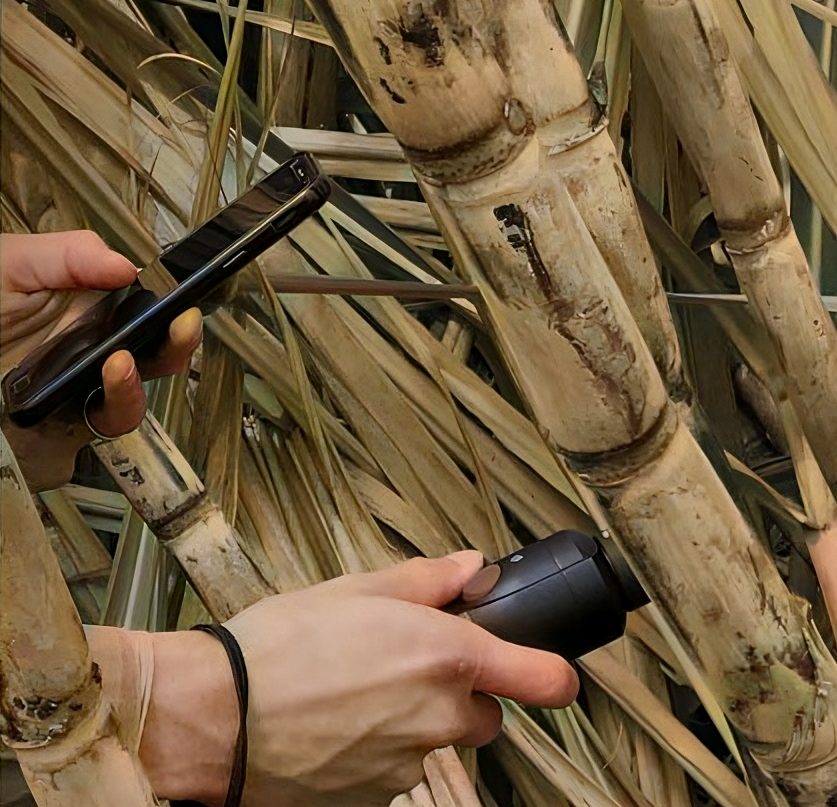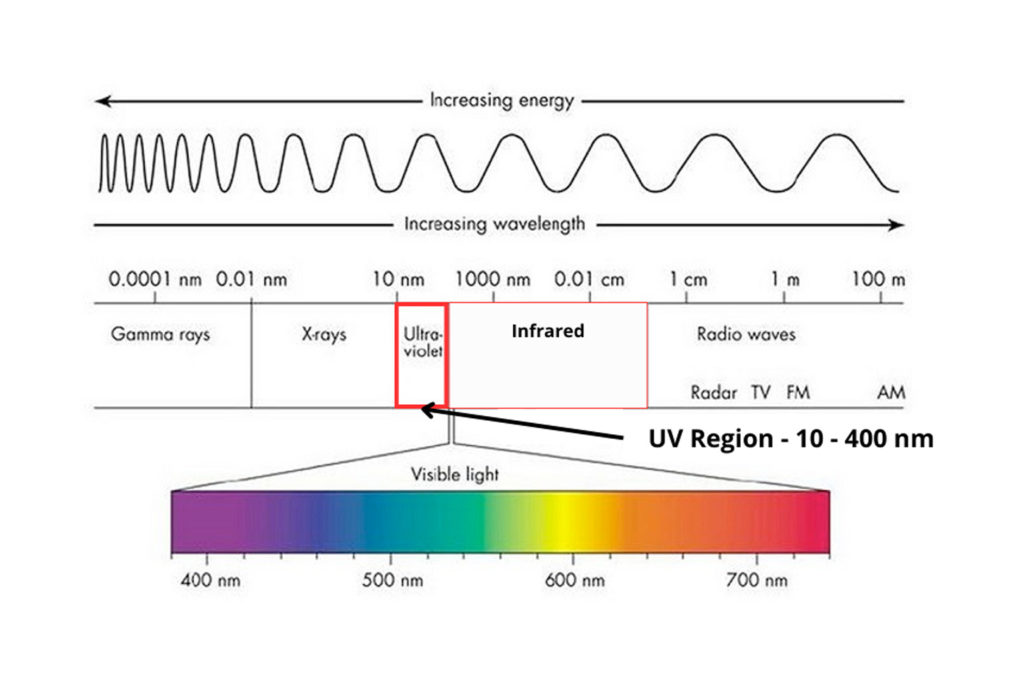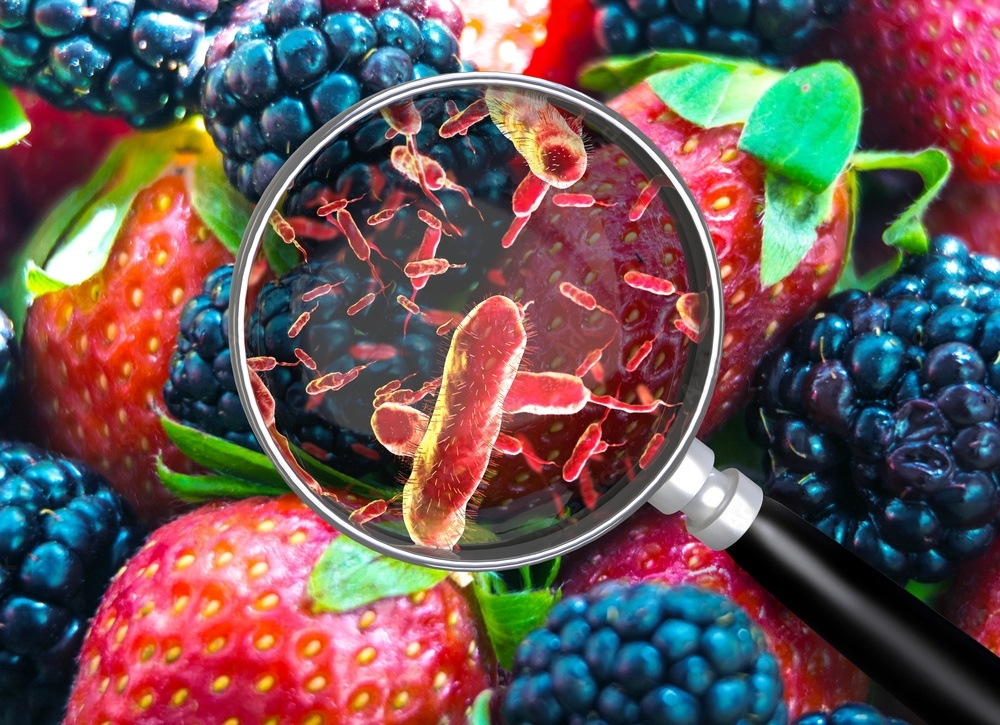Category: Other
23. Feb 2024
Analyzing the NIR Spectroscopy Data for Substance Analysis
Welcome to an in-depth journey through the cutting-edge world of Near-Infrared (NIR) Spectroscopy as applied by NIRLAB, a leader in forensic and substance analysis technology. Today, we’re delving into a spectrum that might seem like a mere collection of peaks and troughs to the uninitiated but reveals a story of

21. Feb 2024
Sugar Cane Quality Control: A Comprehensive Guide
Sugar cane is a cornerstone of the global agricultural economy, thriving amid challenges such as environmental changes and market volatility. Reliable quality control is crucial in this context. Near-Infrared Spectroscopy (NIR) emerges as a cutting-edge solution, transforming the landscape of agricultural analytics. At the forefront of this technological advancement is

19. Feb 2024
NIR vs. Ultraviolet Spectroscopy: Basics & Applications
In the expansive world of spectroscopic analysis, Near-Infrared (NIR) and Ultraviolet (UV) Spectroscopy emerge as two distinct yet fundamental techniques. Both play a pivotal role in material analysis, offering unique insights into the molecular makeup of various substances. In this article, we will explore the basics of NIR and UV

16. Feb 2024
Navigating the Waters: Decoding the Intricacies of Water in NIR Spectroscopy
In today’s fast-paced world of scientific innovation, Near-Infrared (NIR) Spectroscopy has established itself as a vital tool across various sectors. This includes pharmaceuticals, food, and agriculture. Renowned for its precision and adaptability, NIR Spectroscopy has revolutionized the way we analyze material composition. Leading this wave of innovation is NIRLAB, equipped

09. Feb 2024
Food Safety: The Future with NIR Technology
In today’s food safety era, Near Infrared (NIR) technology, led by NIRLAB, transforms how we ensure food quality and safety. The WHO stresses safe food’s vital importance, noting global health risks from contamination. NIR technology, under NIRLAB’s guidance, revolutionizes food safety, aligning with the WHO’s concerns about contamination. This calls
